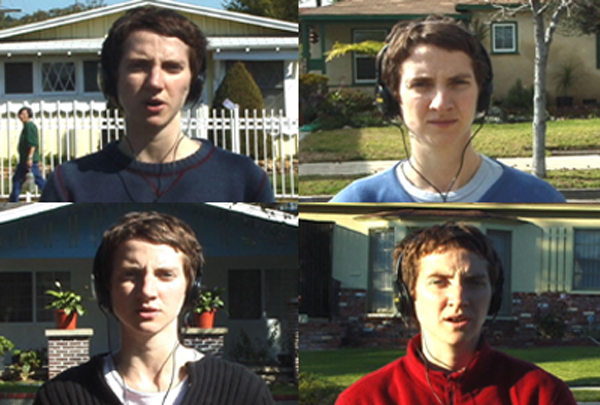The Interpreter Project
2001
4-channel video; eighty-one 35mm color slides and table
SD, color, Sound
60 minutes
Dimensions variable
At many historic sites in the United States, tour guides are officially called “historical interpreters.” Their quasi-educational role is to translate the site for the visitor. Each tour guide creates their own tour based on an accepted body of knowledge, individual research and anecdotes culled from other tours they witnessed. In The Interpreter Project, I “re-interpret” actual tours through the historic houses of Clara Barton, a nurse and humanitarian who was a founder of the American Red Cross in 1881 and its first president; Maggie Walker, a schoolteacher and businesswoman who became the first female African American bank president, in 1903; Mary McLeod Bethune, an educator and civil rights leader who founded the National Council of Negro Women in 1935 and served as a policy advisor to President Franklin Delano Roosevelt; Eleanor Roosevelt, a civil rights advocate and, as wife of President Roosevelt, First Lady of the United States from 1933 to 1945. Each of these four sites was the woman’s home as well as the location of much of her political and social service. At the time this work was made, 2001, these were the only US National Historic Sites specifically dedicated to a woman.
By pulling these tours out of the grounded context of their individual sites and re-speaking them from a recorded script which I listen to on a set of headphones, the project points to the specificity and particularity of the construction of a “feminized” historical narrative.
